If you are an addict who needs his dose of gaming on the go, then this device is definitely for you. If not, then you may want to take a look at picking up a full-blown console as that will cost you around Rs. 16,000 and give you a better overall package including better value for money and a larger library of games.
Beauty and a beast
On first impression, the PS Vita looks like the original PSP, on steroids. It’s a little bigger than the PSP measuring at approx. 182.0 x 18.6 x 83.5mm. The Wi-Fi only model weighs 260 grams and the 3G WiFi model weighs 279 grams making the device light enough to carry in a bag, but it isn’t small enough to fit in your pocket. The PS Vita has a glossy black finish, which makes it appealing for about two hours, as after that it will be covered in fingerprints.
The Vita has a gorgeous 5-inch 16:9 OLED display with a resolution of 960×544 pixels, which will make your jaw drop the minute you power on the device. It is a beautiful screen. To top it off, it’s a multi-touch capacitive touchscreen that also adds to the gaming controller experience. The biggest downer to the screen is that it is susceptible to glare and there is only so much you can do apart from turning up the brightness.
The rear of the device has a touch panel that feels silky smooth. The device has two VGA cameras, one in the front and the other at the rear without a flash.
Under the hood, the device packs in an ARM Cortex A9 processor (4 core) and SGX543MP4 GPU. To simplify it for the non-geeky people, that means you can expect PS3-like graphics on a hand held device. With all that power, the Vita really does deserve to be called the Next Generation Portable.
Overall the PS Vita feels like Charlize Theron from Aeon Flux in your hands and that is a very good thing!
The classic controller perfected for a hand held
Sony has finally paid homage to gamers’ prayers! The PS Vita has 2 analog sticks along with the D-Pad, the standard PlayStation controls and shoulder buttons. Under the left analog stick we have a PS button and under the right analog stick we have the start and select buttons.
 |
 |
The two analog sticks feel really small for someone with big hands and will take some getting used too if you are a veteran who is used to a full blown controller. Also the face buttons are smaller than we’d like.
For third person shooter games (we played Unit 13 and Uncharted: Golden Abyss), the aiming is handled quite well with the addition of the second analog stick, but getting in that nudging precision can get a bit combustor at times.
All-in-all Sony has finally got the controller on the handheld right (hallelujah two analog sticks!) and it does justice to the system even if the buttons are bit smaller than we’d like.
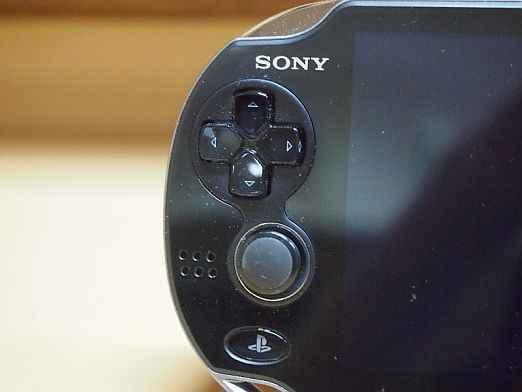 |
 |
15 buttons aren’t enough?
If 15-buttons on the devices weren’t enough for controlling a game, Sony has thrown in everything here but the kitchen sink. You have a six-axis motion sensing system (three-axis gyroscope, three-axis accelerometer), three-axis electronic compass and a front touchscreen and a rear touch panel, not to mention the two cameras that can be used in augmented reality games.In short, your hands will be all over this device.
Surprisingly, these controls work extremely well. Games like Uncharted: Golden Abyss and Little Deviants use the front touch screen and rear touch panel to solve puzzles. Uncharted even uses the gyroscope and accelerometers in gameplay as well as puzzle solving. If you are balancing on a beam, you need to tilt the device left and right to balance. Enter scope mode on a sniping rifle, and you have to physically move the device to scan the area through the scope. The tech is brilliant and innovatively used but just imagine trying to rotate yourself on your seat in a cramped airplane. Wouldn’t that be a sight?
The advantage of having the touch panel and the screen along with the six-axis motion is that in the near future we can expect smartphone games to translate onto the handheld or have a wider array of casual games with great graphics for really low prices. Angry Birds or Cut the Rope for Vita anyone?
Visit page two, to continue reading our Sony PlayStation Vita review…
What happened to good old XMB?
If Sony has got the form factor and the controller layout figured out, the one thing it has improvised upon is the interface. Sure, its designed to make “communicating” with your PS3, PC and Mac really easy, but the app style interface in place of the good old XMB (XrossMediaBar) can take a bit of getting used to.
Simply put it’s like the iOS. You have app icons that fill up the screen. 10 apps can be held in one screen and you can rearrange them in the same manner as you would on the iPhone — Long hold, drag and drop. Launching the app is as simple as clicking it and hitting start.
Transferring media too is as simple as plug and play from the PS3 as well as your PC/Mac.
It’s not that the new interface is bad. It’s just that you can’t launch an app by pressing the “x” button, as you would do on a PS3 or the original PSP. You are compelled to use the touchscreen. This can take a while to get used to and gets really annoying.
Shot in the foot with proprietary memory cards?
Sony has a history of introducing a new medium with every console. The PS1 played CD’s and you used a proprietary memory card to save games, the PS2 played DVD’s and used its own memory card for game saves, the PS3 is the best Blu-ray player out there and the PSP brought with it the dying UMD format and the Memory Stick Duo for game saves and string media content. The Vita has brought two unique formats. A proprietary memory card and a unique SD card style format for the games.
Here’s why we think this medium is bound to fail. Lets start with the memory card. The Vita memory card comes in 4, 8, 16 and 32GB variants. The price of these memory cards in the US is $19,99, $29,99, $59,99 and $99,99, which translate to Rs. 986, Rs. 1,480, Rs. 2,690 and Rs. 4,935 respectively. These are EXPENSIVE in a day and age where a 32GB microSD cards costs Rs. 2,100 (approx.). You will have to purchase a memory card if you decide to download games digitally or want to use the device to watch movies or listen to music.
The games can be either purchased in their physical form or downloaded via PSN. If you purchase them physically you have the option to sell them later on in the second hand market. If you digitally download them, you are stuck with them for life (bummer)! A point to be noted is that the game cards are so small it wouldn’t be a surprise if you lost a few of them!
To put things into perspective, Uncharted: Golden Abyss is roughly a 3.3GB download. Most of the AAA games range between 1 to 3GB in terms of their storage. So if you thought you can avoid picking up a memory card, think again. You may just need one and a higher capacity one if you intend to carry your music, videos and games on the device.
Say cheese and game
The addition of 2 cameras is not only there so that you can take pictures, video chat (via the Skype app) or use the device as a mirror, but is also used in augmented reality games. One such game is Reality Fighters where you can click a picture of yourself, customize your avatar, add sound effects via the onboard microphone and use your office desk as the background for a one on one street fighter style combat! Pretty cool, right?
Connectivity
In terms of connectivity, the device has a proprietary USB port for data transfer and charging, a headphones jack and a proprietary memory card slot at the bottom. At the top you have the on/wake/sleep/off button along with the volume rocker. The top also has the Vita game card slot and one accessory port. The device doesn’t have a video out.
We saw this with the first and second-gen PSP as well. The first-gen PSP was fatter and didn’t have a video out. The second gen PSP (called the PSP 2000) shed a few millimeters and supported video out. Will Sony incorporate the same with the second gen Vita?
Let us face it, how many of you have really connected your PSPs to the TV via the video out? And if you did, what for? The lack of video output on the device isn’t a deal breaker but yes, the feature will be missed considering the fact that the PSP did offer it.
Will this be my next expensive paperweight?
The launch lineup for the Vita is spectacular. There’s something for everyone. The prices of games range from a few hundred rupees to Rs. 2,800. You have the likes of Everybody’s Golf, FIFA Football, Little Deviants, ModNation Racers: Road Trip, Ninja Gaiden Sigma Plus, Rayman Origins, Reality Fighters, Ultimate Marvel vsCapcomm, Uncharted: Golden Abyss, Wipeout 2048 and many more to chose from.
We’ve played a few of the launch titles on the device and it is a lot of fun. At a stretch, the device lasted for around 4.5 hours of gaming, which isn’t extremely good, but it isn’t bad either. The experience and the opening library of games are fantastic. With titles such as Resistance, Call of Duty, Bioshock and Metal Gear Solid HD expected to release by the end of the year, the Vita would have an extremely exhaustive library.
Another noteworthy feature of the Vita is CrossPlay. CrossPlay lets you play certain games between the PS Vita and the PS3. You can compete with a friend between the two consoles or start a game on your PS3 and pick up right where you left off on your Vita. But do note, for the game to work in CrossPlay, you need to have both a PS3 and a Vita copy of the game.
Here are the games we played on the Vita. Uncharted: Golden Abyss, Unit 13, ModNation Racer and Wipeout. All the games were fantastic, especially Uncharted (stay tuned for a detailed review of these games coming soon). If you want the best software that not only shows of the graphical capabilities of the portable device but makes use of all the unique control options available, this game needs to be at the top of your list.
Another fact that needs to be considered is that the first generation games generally aren’t the best looking, as the developers still need to get a hang of the device. So if you thought the graphics on the Vita are awesome today, wait for a year and see the true potential of the device come to life.
Bang for your buck!
With all the awesomeness and potential the Vita has to offer it does come at a very steep price. The Wi-Fi only model will cost you Rs. 19,990 and the 3G Wi-Fi will cost you Rs. 24,990. That’s more expensive than a PS3 or an Xbox 360. The games for the Vita too are priced at a premium ranging from Rs. 2,199 to Rs. 2,799 (yes, you will get cheaper downloadable games but we are referring to the full blown AAA titles). Plus if you need storage, you will have to pick up one of the expensive proprietary memory cards.
Verdict
It’s clear that the Vita isn’t gunning for the casual audience that place games on their smartphones. The device is designed to be the hardcore gamer’s companion. The PS Vita is the most powerful piece of portable gaming hardware with one of the best launch lineup of games seen till date. Where it loses out is the heavy price and the additional cost incurred thanks to the memory card and expensive games.
If you are an addict who needs his dose of gaming on the go, then this device is definitely for you. If not, then you may want to take a look at picking up a full-blown console as that will cost you around Rs. 16,000 and give you a better overall package including better value for money and a larger library of games.

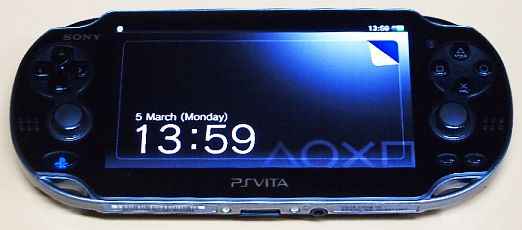
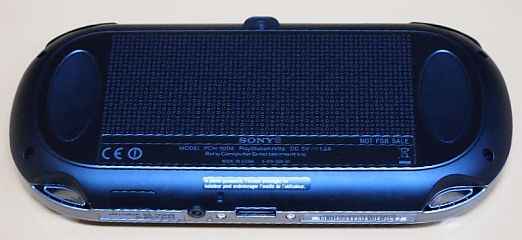
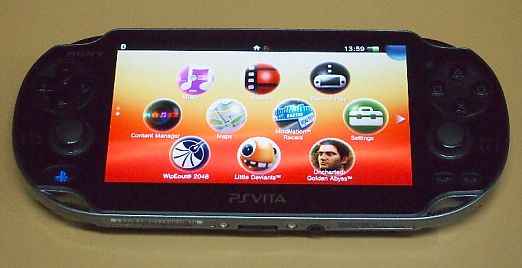
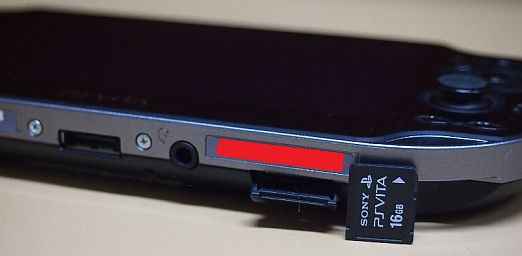
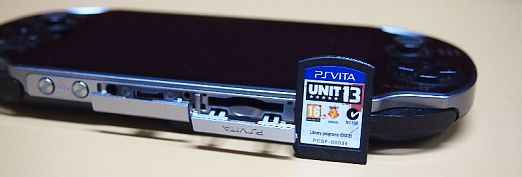
.jpg)
